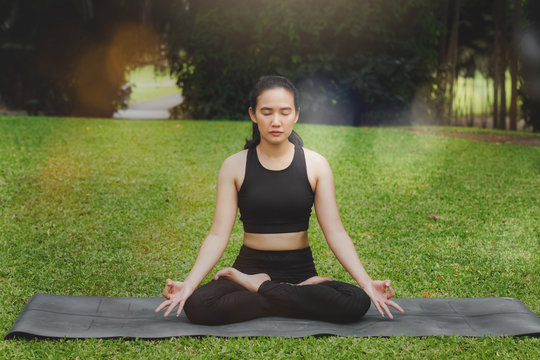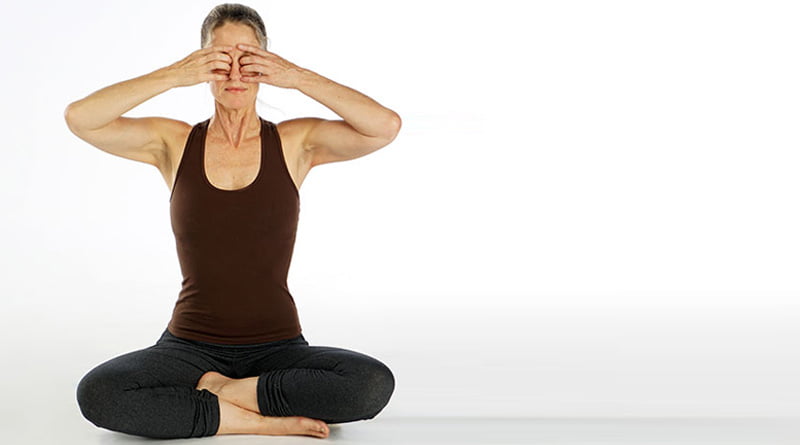Mula Bandha, often referred to as the “Root Lock”, is one of the three primary Bandhas (energetic locks) used in traditional Hatha Yoga and advanced pranayama practices. It is a subtle but powerful technique involving the contraction of the muscles at the base of the pelvic floor, used to control and direct the flow of prana (life force energy).
Understanding and mastering Mula Bandha is considered essential for progressing in yogic disciplines such as pranayama, meditation, and kundalini awakening.
Table of Contents
What is Mula Bandha?
“Mula” means root, base, or foundation in Sanskrit. “Bandha” means lock, bind, or seal.
Mula Bandha is the energetic seal at the root chakra (Muladhara Chakra), located at the perineum or cervix, depending on gender.
It involves lifting and contracting the pelvic floor muscles, which creates an upward movement of energy.
How to Practice Mula Bandha:
Mula Bandha is a subtle yet powerful yogic technique involving the contraction of the pelvic floor muscles, which helps to redirect prana (life energy) upward and deepen concentration in pranayama and meditation. Here’s a step-by-step guide for safely and effectively practicing Root Lock:
Step 1:
Sit in a comfortable meditative posture (Sukhasana, Padmasana, or Vajrasana). Keep your spine straight and shoulders relaxed. Take a few deep breaths to settle the body and mind.
Step 2:
Focus attention on the perineum (men) or cervix/pelvic floor (women). On an inhalation, gently contract and lift the muscles of the pelvic floor.
Step3:
Imagine drawing the energy upward from the base of the spine. Hold the contraction lightly but steadily without tensing the buttocks or abdomen excessively.
Step 4:
Breathe normally or hold your breath if practicing in combination with pranayama. After a few seconds, release the contraction on an exhalation. Repeat the practice for 5–10 rounds.
When to Use Mula Bandha?
-
During Pranayama: Especially in Nadi Shodhana, Kapalabhati, or Bhastrika to regulate pranic flow.
-
In Asanas: In poses like Tadasana, Utkatasana, and Virabhadrasana to engage the core and stabilize the pelvis.
-
During Meditation: To awaken and lift energy through Sushumna Nadi (central energy channel).
-
In Kundalini Practices: Helps stimulate and control the rise of Kundalini Shakti.
Benefits of Mula Bandha:
Mula Bandha, the yogic “Root Lock,” offers a wide range of physical, mental, energetic, and spiritual benefits. This subtle yet powerful technique involves engaging the pelvic floor muscles, which helps harness prana (life force energy) and direct it upward through the central energy channel (Sushumna Nadi).
Strengthens the Pelvic Floor:
Supports urinary and reproductive organ function. Helps prevent or manage incontinence. Aids postpartum recovery in women
Improves Core Stability:
Activates deep stabilizing muscles. Enhances postural alignment in yoga asanas
Supports Sexual Health:
Increases blood circulation to pelvic organs. May improve libido, control, and sensitivity
Redirects Apana Vayu:
Prevents downward dissipation of energy. Converts Apana (downward energy) into pranic upward flow
Stimulates the Muladhara Chakra:
Activates the root chakra, enhancing feelings of safety, security, and grounding. Balances the earth element in the body
Opens the Path for Kundalini Awakening:
Assists in drawing energy up through the Sushumna Nadi. Acts as a gateway for Kundalini energy to rise
Enhances Focus and Awareness:
Develops concentration and inner stillness during meditation. Encourages mindfulness of the body and energy
Reduces Anxiety and Stress:
Ground excess nervous energy. Promotes a sense of emotional stability
Boosts Willpower and Self-Control:
Helps regulate impulses and desires. Builds discipline through intentional engagement
Deepens Meditation:
Draws the mind inward and stills thought fluctuations. Helps establish inner silence (antar mouna)
Supports Samadhi:
Vital for pranayama retention (Kumbhaka) and advanced meditative states. Assists in reaching higher states of consciousness
Connects to Subtle Energies:
Fine-tunes awareness of pranic flow. Unlocks gateways to subtle dimensions within the body
Precautions & Tips:
- Do not over-contract the muscles; subtle engagement is more effective than force.
- Avoid during pregnancy or menstruation unless guided by a qualified yoga therapist.
- It should be learned under the guidance of a trained yoga teacher, especially if combined with pranayama or advanced techniques.
- Not recommended for those with pelvic or abdominal surgeries without medical clearance.
Conclusion:
Mula Bandha is more than just a physical contraction; it’s a gateway to deeper energetic mastery and spiritual awakening. By engaging the root lock, a yogi anchors their energy while simultaneously preparing it to rise through the central channel, creating a strong foundation for inner transformation.
With consistent practice, Mula Bandha can lead to profound changes in the body, mind, and soul, from enhanced vitality and stability to the awakening of Kundalini Shakti and the attainment of Samadhi.
FAQ:
Q. What exactly is Mula Bandha?
A. Mula Bandha is a yogic energy lock performed by gently contracting the pelvic floor muscles. It helps control the flow of prana (life energy), stabilizes the body during asanas, and is essential for meditation and Kundalini awakening.
Q. How do I locate the Mula Bandha area?
A.
- Men: The space between the anus and genitals (perineum).
- Women: The cervix, pelvic floor, or the action of stopping the flow of urine midstream.
Q. Is Mula Bandha safe for beginners?
A. Yes, but it should be practiced gently and mindfully. Beginners should start with short holds and work under the guidance of a qualified yoga teacher, especially when combining it with breath control (pranayama).
Q. Can I do Mula Bandha during yoga postures?
A. Yes. Root Lock is often applied subtly during standing and balancing poses to enhance core stability, alignment, and focus. It is also used in seated postures during pranayama and meditation.
Q. Should I engage Mula Bandha all the time?
A. No. Mula Bandha is meant to be applied consciously during specific practices, not continuously. Overuse can lead to muscle fatigue or tightness. Focus on quality and awareness, not constant contraction.
Q. How long should I hold Mula Bandha?
A. Start with 5–10 seconds, gradually increasing to 30 seconds or more with comfort and control. You can repeat it in sets, especially during pranayama sessions.
Q. Is Mula Bandha related to Kegel exercises?
A. Yes, both involve pelvic floor engagement, but Mula Bandha has a spiritual and energetic purpose in yoga. Kegels are focused on muscle strength and health, while Mula Bandha is aimed at energy control and awareness.
Q. Can I feel Kundalini awakening through Mula Bandha?
A. Mula Bandha is one of the core techniques to stimulate and awaken Kundalini energy. While not everyone experiences dramatic sensations, over time it helps prepare the subtle body for Kundalini rise through Sushumna Nadi.





